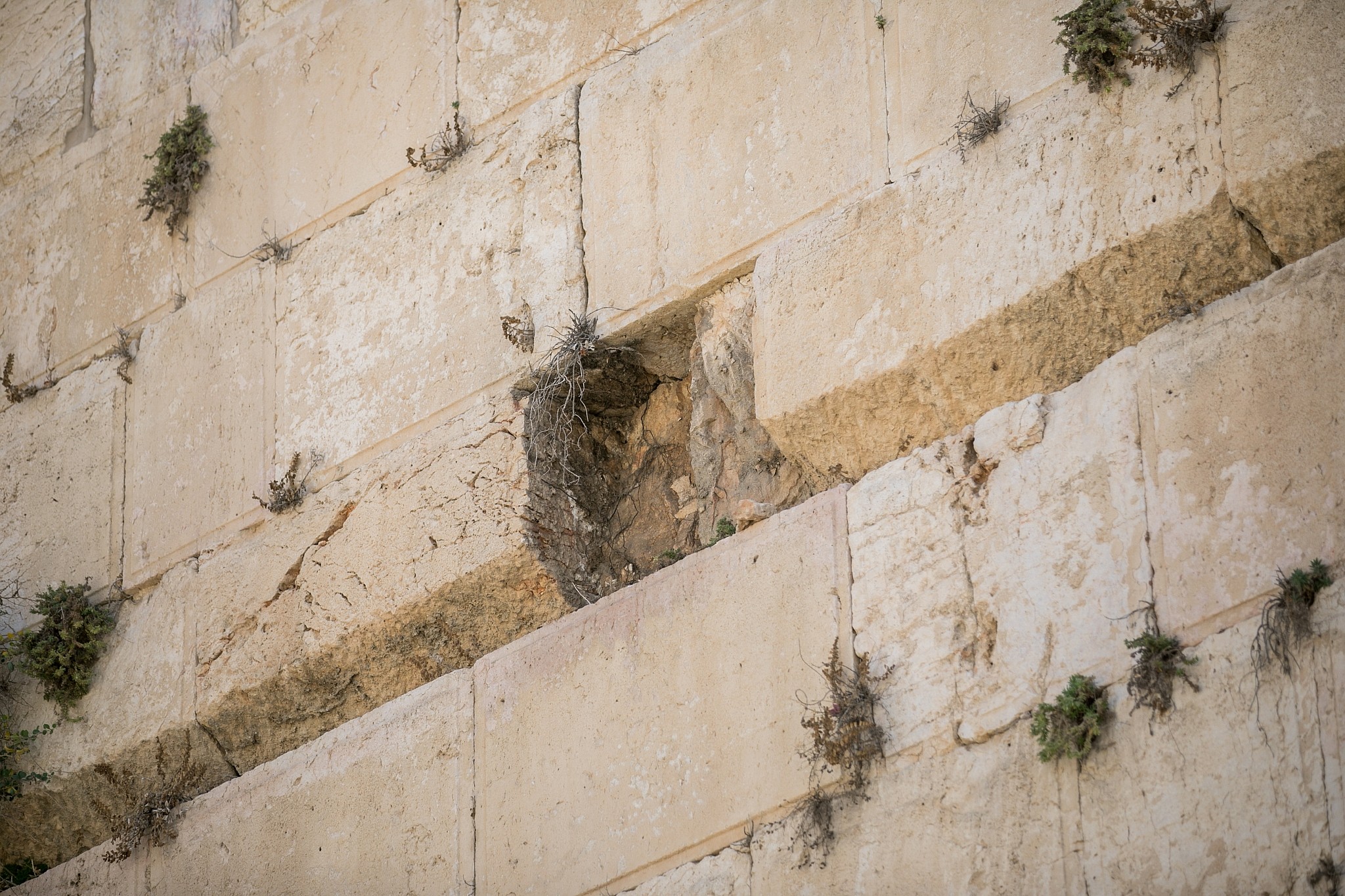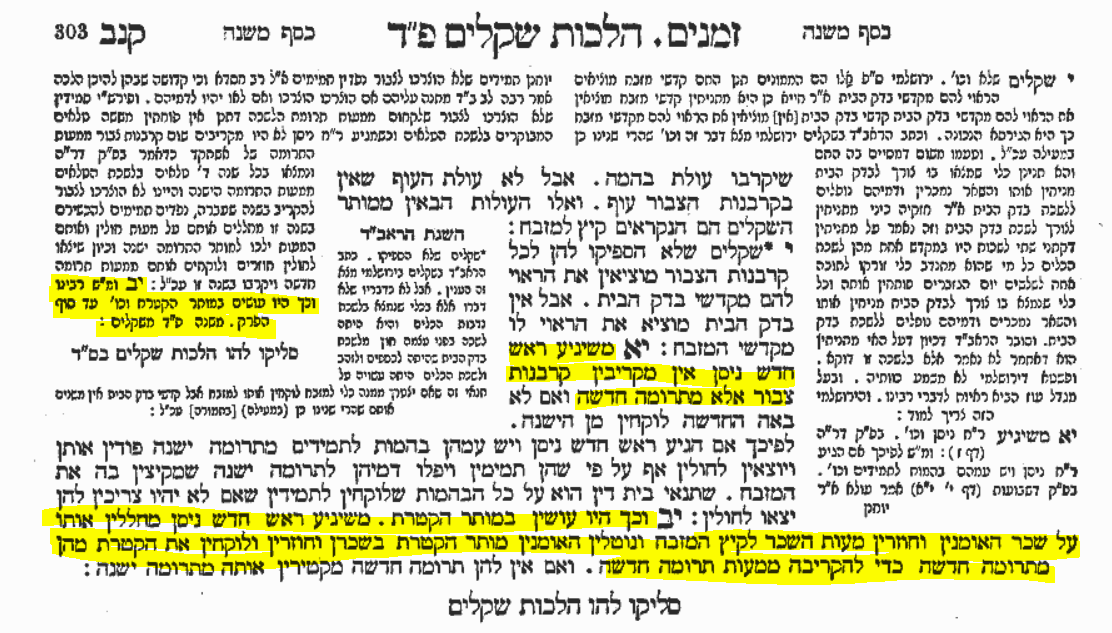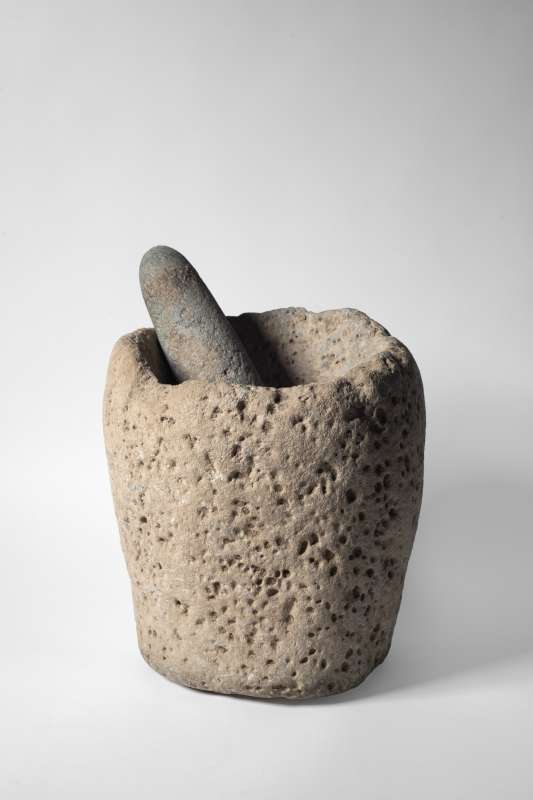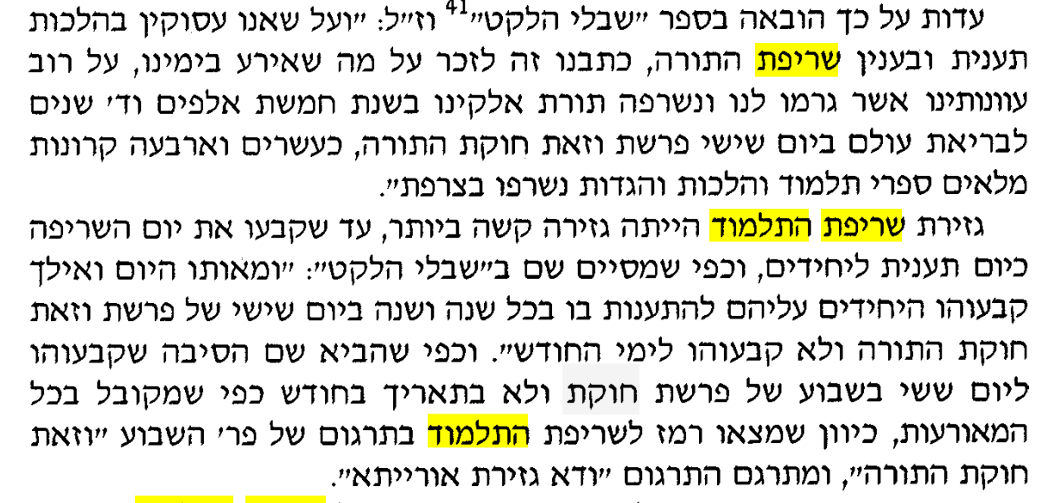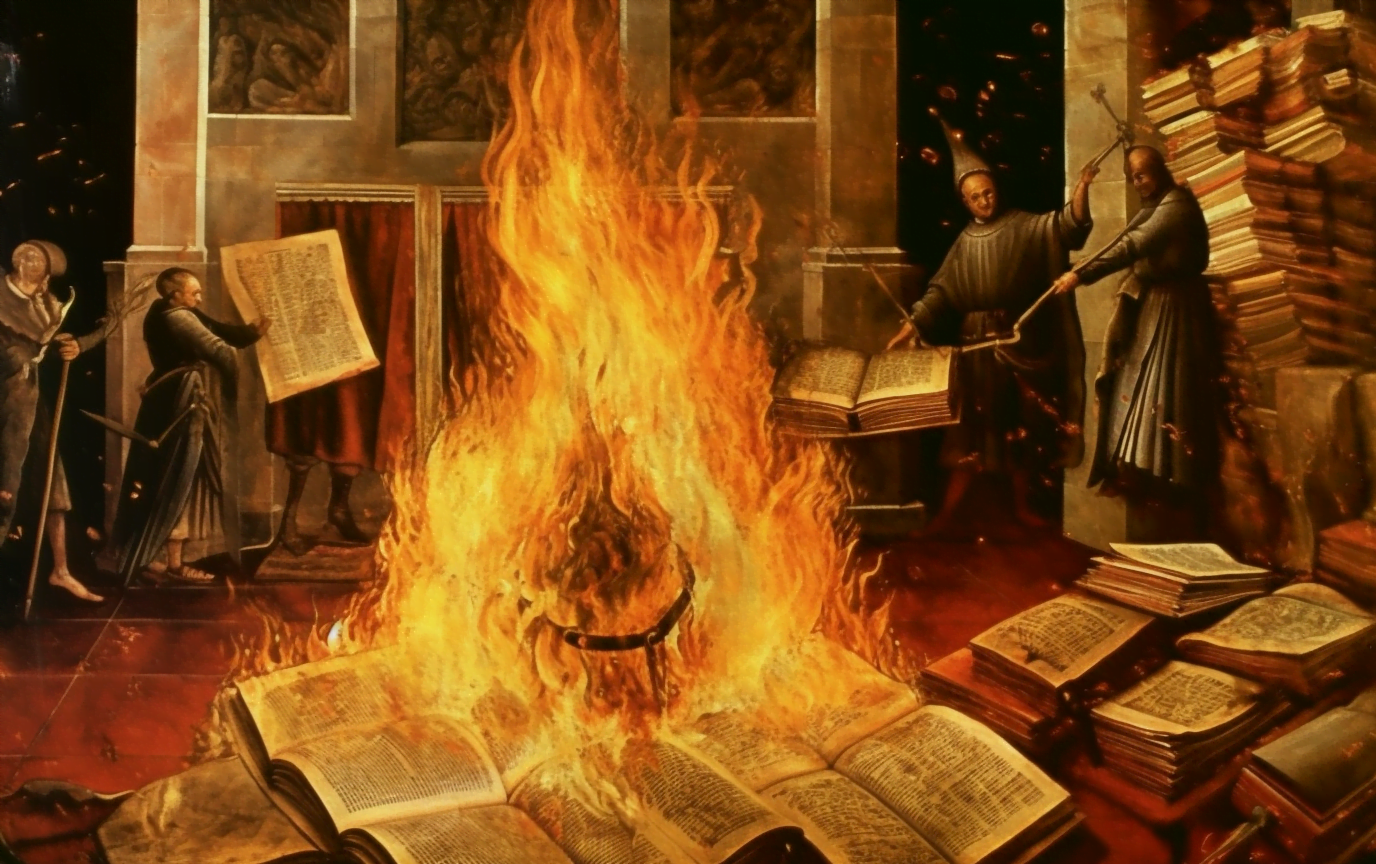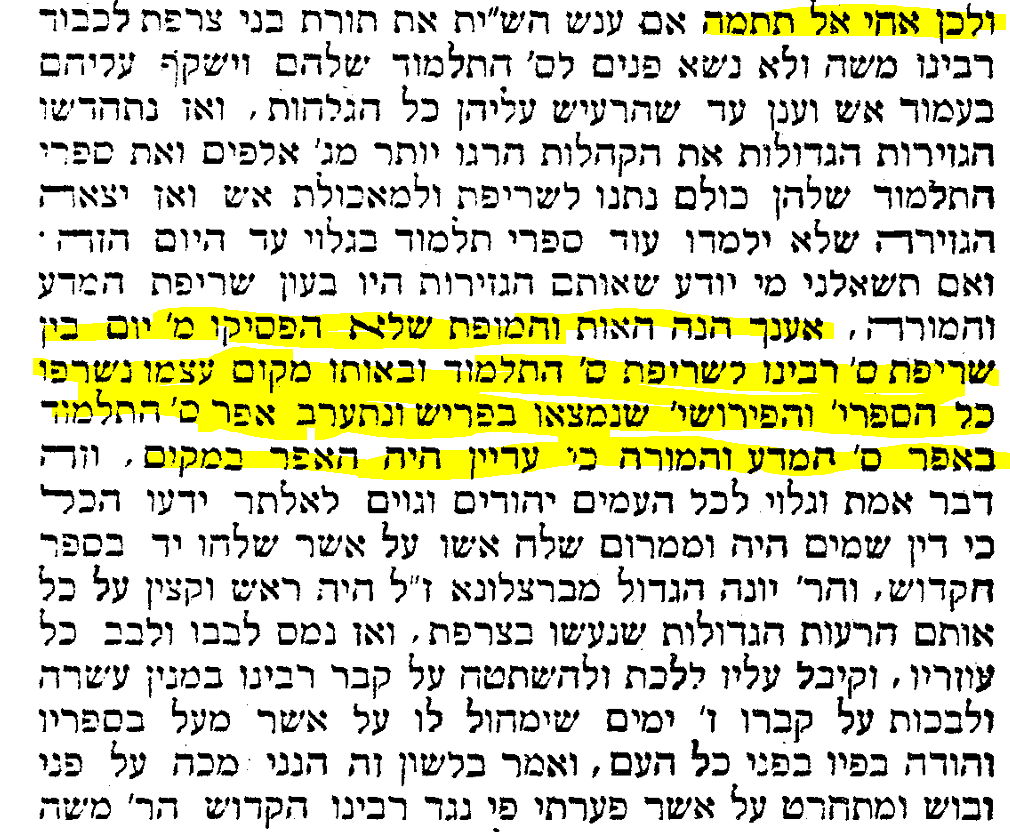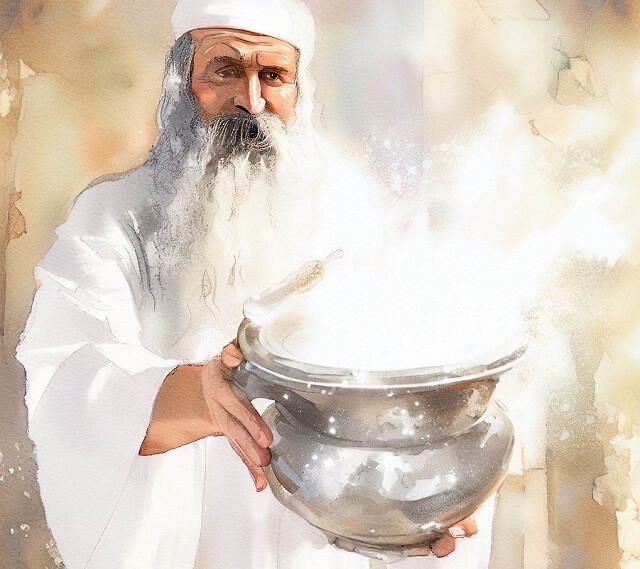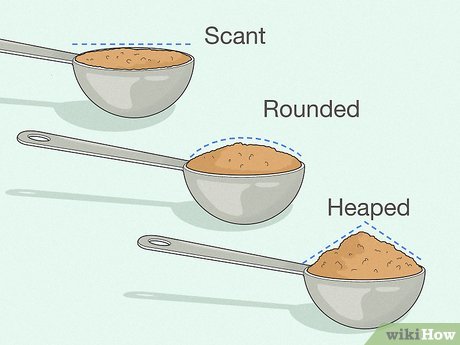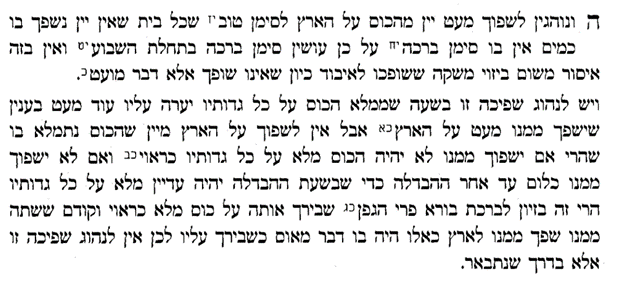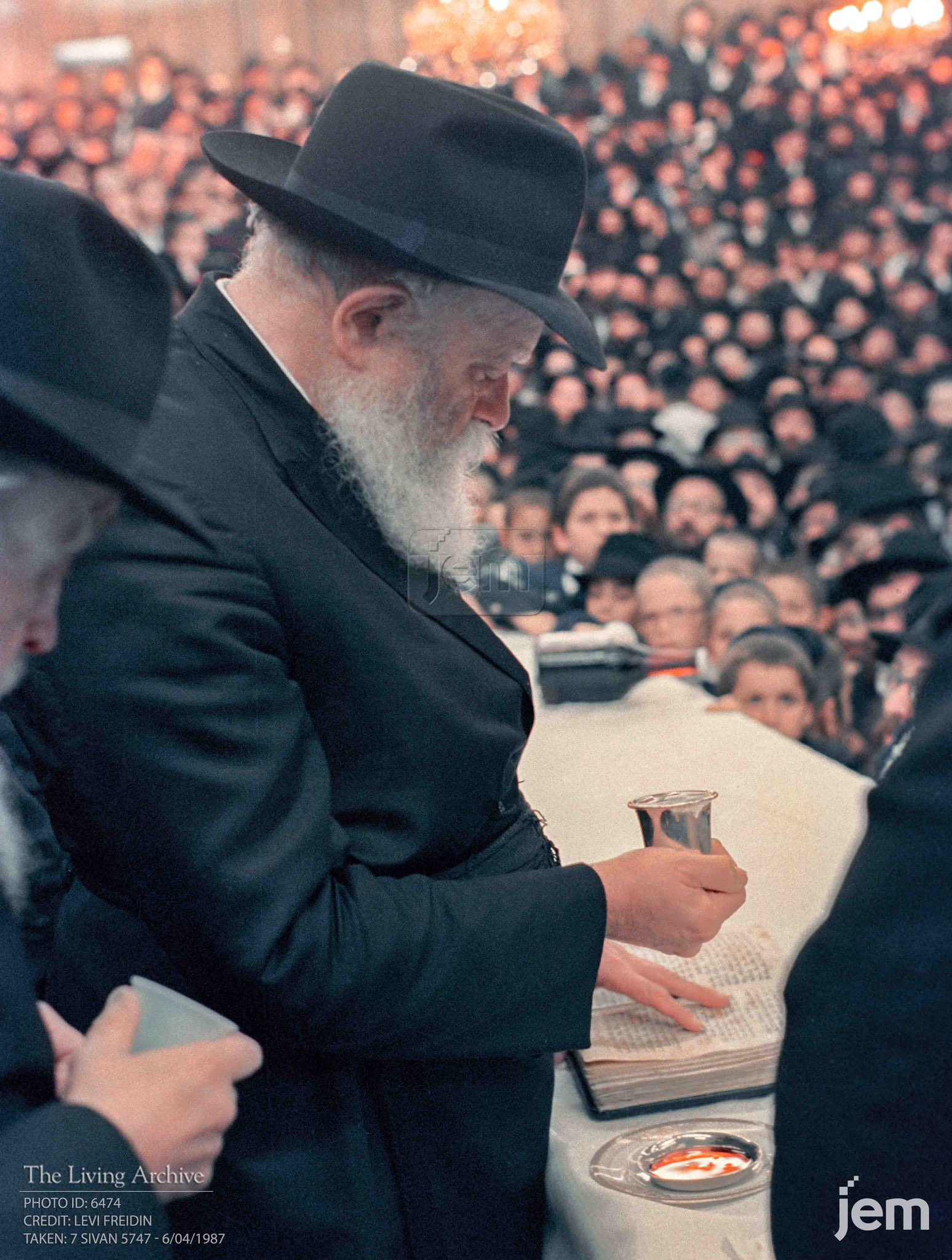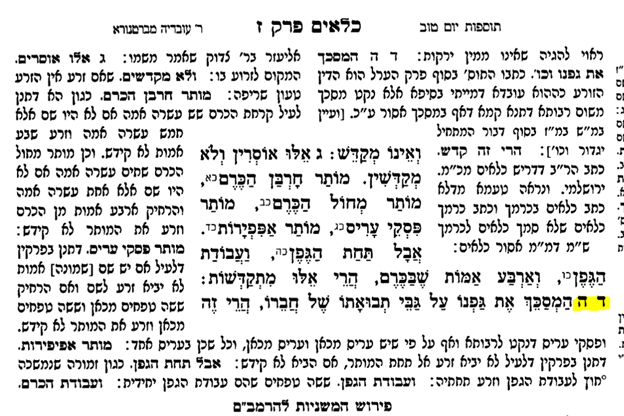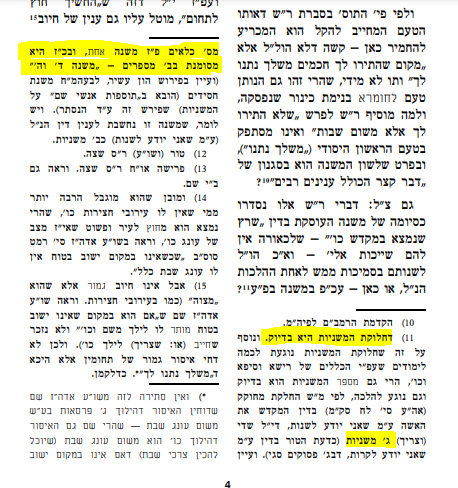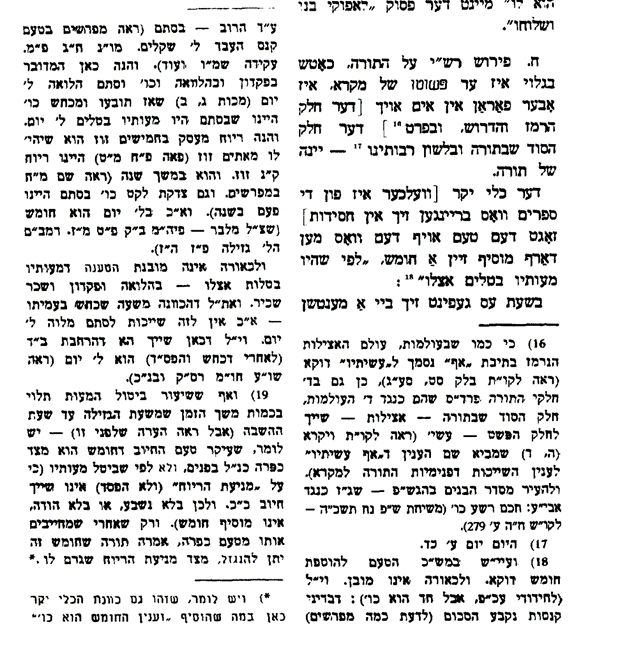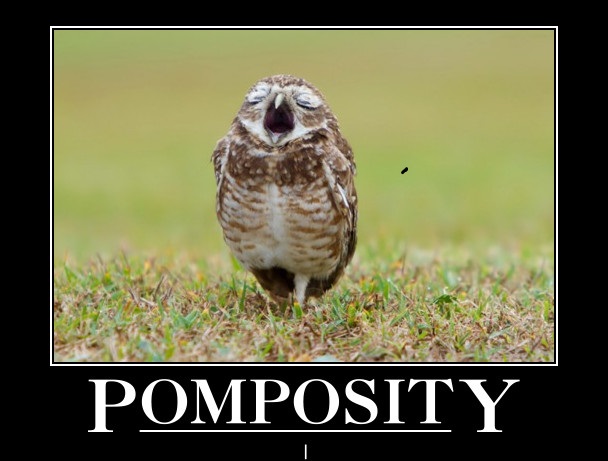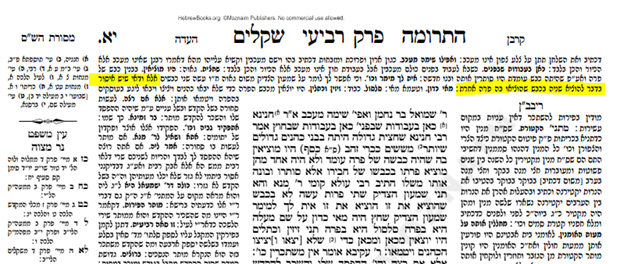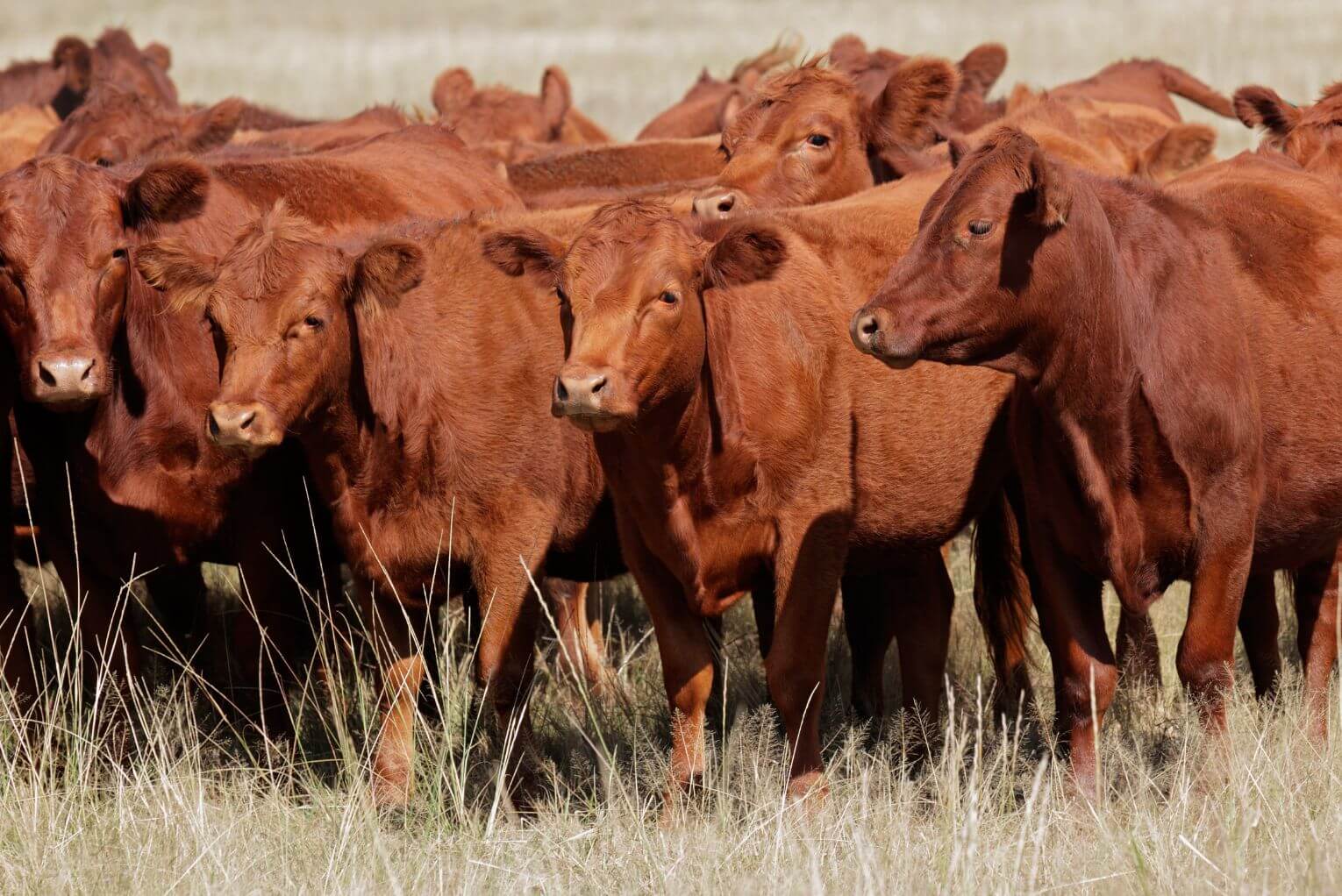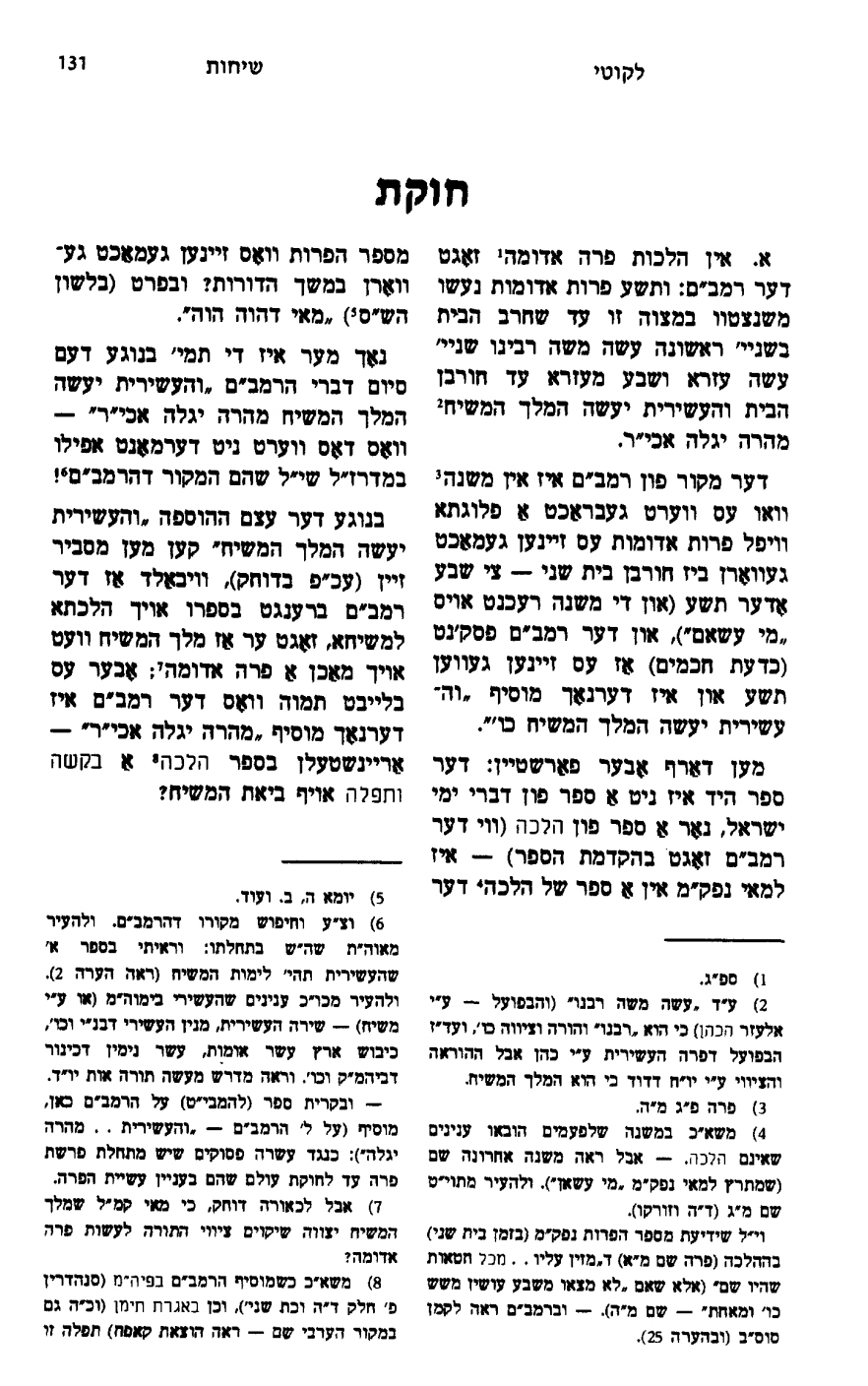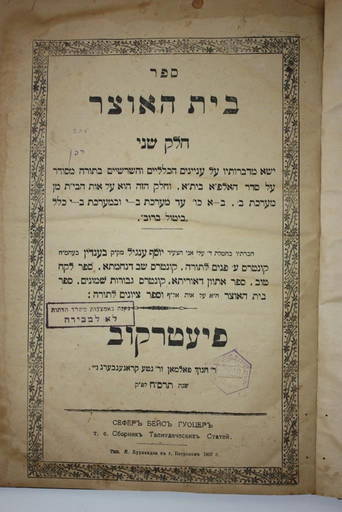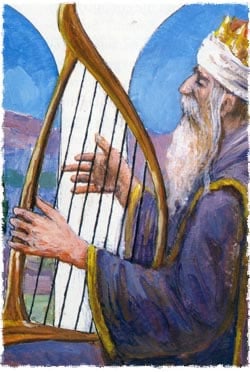BSD
Shkolim -11b (2)
Tamuz 17, 5784 – 07/23/2024
Some short notes:
1- We finished until the end of הלכה ג which basically concludes the details of the מחצית השקל.
The rest of the מסכת deal with many aspects about the daily routine of the בית המקדש and the various appointed managers that ensured the עבודה would be run properly.

2- Discussed the 6 sheep that were always in a pen for the purposes of the קרבן תמיד. Every animal needed to be quarantined for 4 days prior to its שחיטה. During these 4 day they would be inspected to ensure they were not blemished – בעלי מום.
Each day, two sheep were used for the קרבן תמיד, and another 2 were added to this pen.
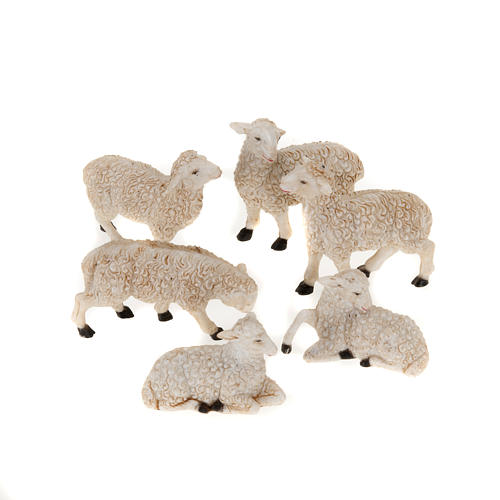
Inevitably, on the last day of the year (year meaning from ניסן to אדר), on the 29th or 30th of Adar, there were 4 sheep in the pen that could not be used the next day – ראש חודש ניסן.
The reason is the the קרבן תמיד of ראש חודש ניסן (and beyond) needed to be purchased from the new מחצית השקל. The ones currently in the pen were purchased with last year’s money. Thus making them unusable after ראש חודש ניסן.
So what do we do with these ‘sheep from last year’?
The גמרא explains the opinions on the two methods of redeeming them.
3- The process of the פרה אדומה presented a stark contrast. On one side, numerous חומרות were put in place to ensure it was performed with the utmost טהרה. For instance, as mentioned a few pages earlier, a special ramp was constructed from the בית המקדש to the hill where the פרה אדומה was processed into the אפר הפרה, all to prevent any suspicion of טומאה.
Conversely, they would deliberately make the כהן who burned the פרה impure. This was done to demonstrate to the צדוקין that their interpretation of this הלכה in particular, and their entire view on תורה שבעל פה in general, was incorrect.
The צדוקין would say that the offering of the red heifer was acceptable only when those bringing it had waited until nightfall after immersion.
Therefore in the Second Temple, the court would cause the priest who burned the red heifer to become ritually impure through contact with the carcass of a crawling animal or the like. He would immerse and then offer the red heifer to nullify the words of these brazen ones who issue rulings according to their whims without basis in the received tradition.
Similarly, all of the containers into which the ashes of the red heifer were placed were all immersed that day.
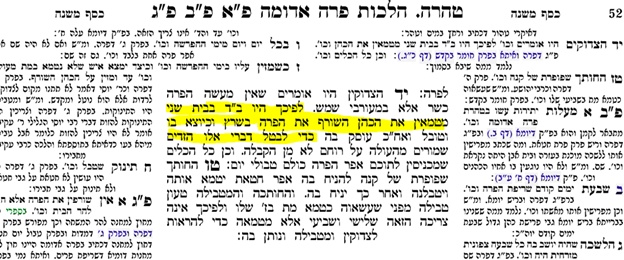
We discussed the reason as to why they חכמים chose this particular ,מצוה from the many that they fought against the צדוקין, to emphasize and pronounce their error.
For example, the צדוקין’s opinion that the קרבן עומר was brought only on the Sunday after פסח.
We do not find that any action from the חכמים to emphasize this erroneous interpretation of the תורה.

Why do we eat ‘cholent’ on Shabbos?
Their opinion was simply ignored. The קרבן עומר was brought on the second day of פסח, regardless on the day of the week it occurred.
Perhaps the answer is based on what the the פני יהושע suggests that the case of the פרה אדומה was a מצוה in which the צדוקין were מחמיר more than the חכמים. Their opinion was that the כהן that burned the פרה needed to be 100% טהור, as opposed to the opinion of the חכמים that even one that was quasi – טהור , (he needed to wait until nightfall to become 100% טהור) was permitted to do so.
So the חכמים intentionally would be מטמא the כהן who would then go to the מקוה but still would be only semi-טהור.

So to counter this perceived notion that the צדוקים were more ‘frum’ than the חכמים, they did both:
A- They used a כהן that was a טבול יום, quasi-טהור, but at the same time
B- Enacted many seemingly unnecessary precautions to emphasize that the above action (A) was just for the purpose of showing the חכמים’s non acceptance of their opinion. It was not done because they we more lenient than the צדוקין. On the contrary, they were מחמיר to an extreme in all other aspects of the preparation of the פרה אדומה.
